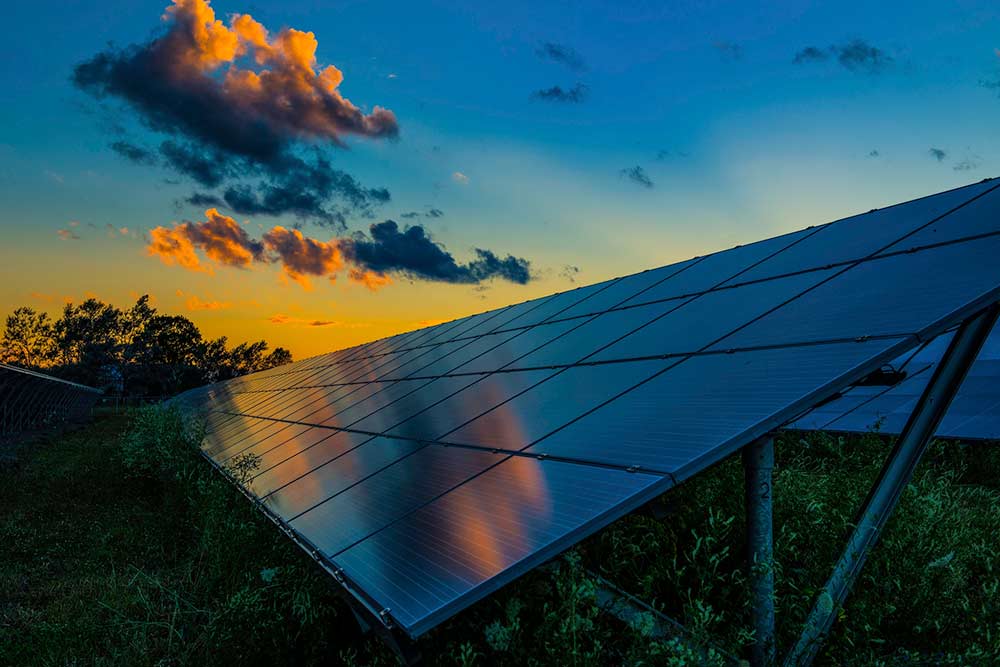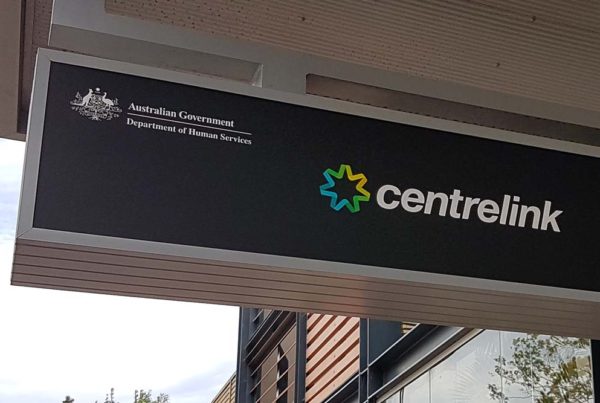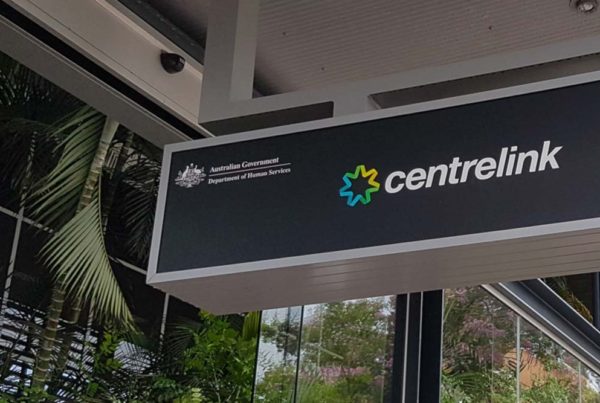
Image: Jonathan Potts
Australia’s ‘green bank’ institution, the Clean Energy Finance Corporation (CEFC) has announced that it’s working with the South Australian government to develop a financing package to support the delivery of Australia’s largest grid-scale battery storage project.
The new infrastructure is meant to cater to the South Australian market, which has experienced some highly publicised blackouts in its electricity grid during the sweltering 2017 summer.
This was followed up in March 2017 with a new energy policy announced by Premier Jay Weatherill for the state government to hold a firmer grip on the state’s energy infrastructure for the sake of better management and monetary savings for the government as well as customers.
Now the state government is supporting the construction of Australia’s largest battery to store energy from the wind and sun, as part of its $150 million Renewable Technology Fund to support investment in clean, dispatchable and affordable power.
The state government has opened a two-week Expression of Interest period for national and international companies interested in building the 100MW battery.
CEFC CEO Oliver Yates welcomed the opportunity to work with the South Australian Government on what he called an “exciting initiative”.
“This project will efficiently demonstrate how battery storage can play a part in the competitive future of our energy system,” Mr Yates said.
He said the CEFC had been in discussion with a number of large-scale battery providers for some time, including those looking to offer potential energy storage solutions in South Australia.
“Storage and grid-scale batteries are an essential part of a strong electricity system. Storage will enable higher volumes of clean energy to be incorporated into the grid, as part of Australia’s modern electricity system of the future,” Mr Yates said.
“Projects that can be implemented rapidly like this can complement a range of longer-term storage projects already under consideration. These could include a Snowy Mountains Scheme 2.0; the proposed Kidston pumped hydro development in Queensland; the proposed Cultana pumped hydro project on the Eyre Peninsula in South Australia and potential improvements to Tasmania’s electricity system centred around its long established hydro facilities.”
Earlier in 2017, Prime Minister Malcolm Turnbull requested the CEFC and the Australian Renewable Energy Agency (ARENA) work together on a new funding round for large-scale storage and other flexible capacity projects.
Mr Yates said today’s power systems are being digitised, with rapid and sophisticated control systems applying across the network.
“Regulatory systems need to keep up with the rapid pace of technology developments, supporting the adoption of new solutions that solve the new challenges,” he said.
“As South Australia is the leading state of renewable generation, it is set to become the leading state for the adoption of these new solutions.”
“The CEFC has considerable expertise in the area of large-scale storage and flexible financing solutions. We are confident we can work with speed to contribute to a successful outcome in South Australia. We are also confident we can create a model that can be used in other states as they seek to integrate growing renewable energy capacity into a cleaner, cheaper and reliable energy system.”
According to the CEFC, it has submitted to the Independent Review into the Future Security of the National Electricity Market, commonly referred to as the Finkel Review.
In its submission, the CEFC discussed how its investment activities can support for the development of a resilient, balanced and secure electricity system, which includes large-scale renewable energy, energy storage and other initiatives.





